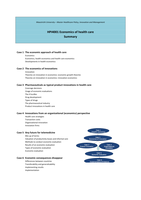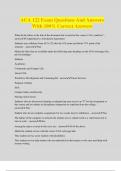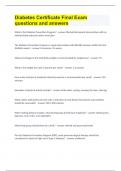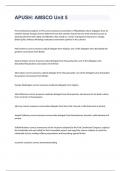Samenvatting
HPI4001 Economics of health care summary (year 2016/2017)
- Instelling
- Maastricht University (UM)
Summary of the course HPI4001 Economics of health care, including all essential elements to study for the exam: - Summary per case - Learning goals per case - Overview lecture as a guide for the summary - Additional information from the lectures - Essential information from literature
[Meer zien]












